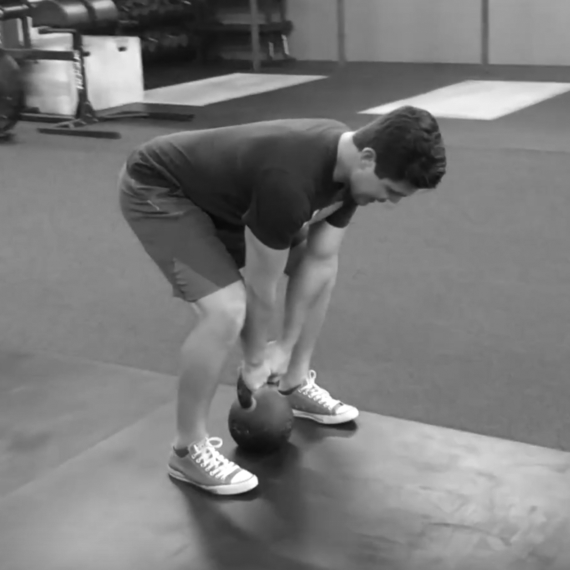Are Deadlifts Bad for My Lower Back?
Despite what you’ve heard at some point in your life, deadlifts are not bad for your lower back. In fact, it’s quite the opposite. Deadlifts are great for your back. They are actually essential to a healthy back. The problem isn’t that deadlifting is hurting your back, it’s that you never learned how to deadlift properly to reap all the benefits that the deadlift has to offer.
The deadlift is what is called a hinge pattern. The deadlift is NOT a squat. This is commonly confused, and this is a big reason why many experience pain when they deadlift. In simple terms, a squat is a KNEE dominant movement where the hips and knees descend at the same rate. A hinge, or deadlift, is a HIP dominant movement where the hips reach back with relatively less knee movement. Check out the image below or click here to read more on the difference between a hinge and a squat.

While many people believe and teach that the squat is the best way to pick something off the ground (like many workplaces), a hinge is actually a stronger and healthier movement when picking things up off the ground. Is it any wonder that picking up objects or lifting weights off the ground is one of the more common complaints for people we see coming to us with lower back pain?
The good news is that by putting yourself in a better position and learning the correct way to perform this movement pattern, back pain will go away fast. Often really fast. Like in the first 1-2 visits fast. We see it time and time again. So what’s the secret?
What Should I Do If My Back Hurts When I Deadlift?
First, address any mobility limitations, stability (strength) limitations, or imbalances that are limiting you from getting into a good position. A good and thorough assessment is key to making sure that the body parts that are supposed to be working are actually working. Any imbalances or limitations in these areas are a sure fire way to cause areas like the lower back and knees to be over stressed during these movements
Next, learn how to do the movement right. When done right, you should be doing this movement MORE often and not LESS often. Avoiding the movement doesn’t solve the problem, and actually will exaggerate it when life requires you to get in this position. This is something that will take practice and repetition, but some simple cues and corrections can greatly improve your deadlift immediately. Day one. These results happen fast, it just takes a little guidance.
Does that mean you will go from never deadlifting to maxing out your deadlift day one? Of course not. As with any movement, there are several regressions/progressions we often teach our patients coming to see us to build up to proper form and movement. Check out two of our favorite starters for learning how to hinge (deadlift) properly:
Check Out These Two Movements to Help Improve Your Deadlift Technique, Strength, and Mobility
Banded Hip Hinge
Isometric Kettlebell Deadlift Setup
Still In Pain?
These are a great starting point, but there is so many different factors that go into lower back pain. Are you working through lower back pain right now with your deadlifts, or even worse, simply avoiding this essential movement? Whether it’s been going on for a few weeks, a few months, or a few years – this will not get better on its own. There is no reason to continue to suffer through pain, click here to contact us today and get back to feeling your best.

